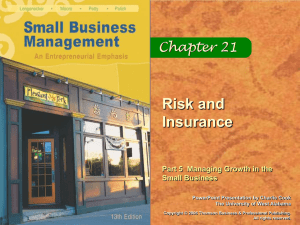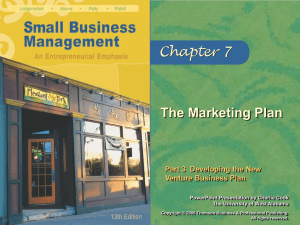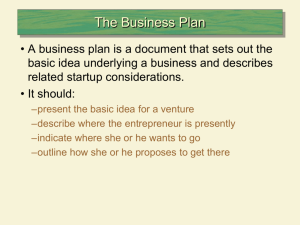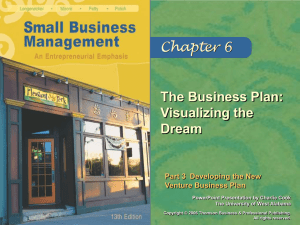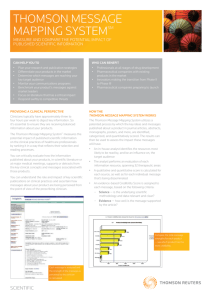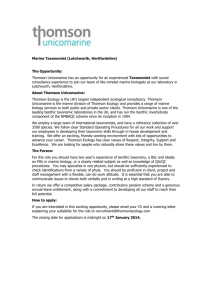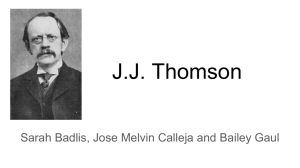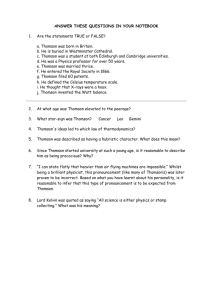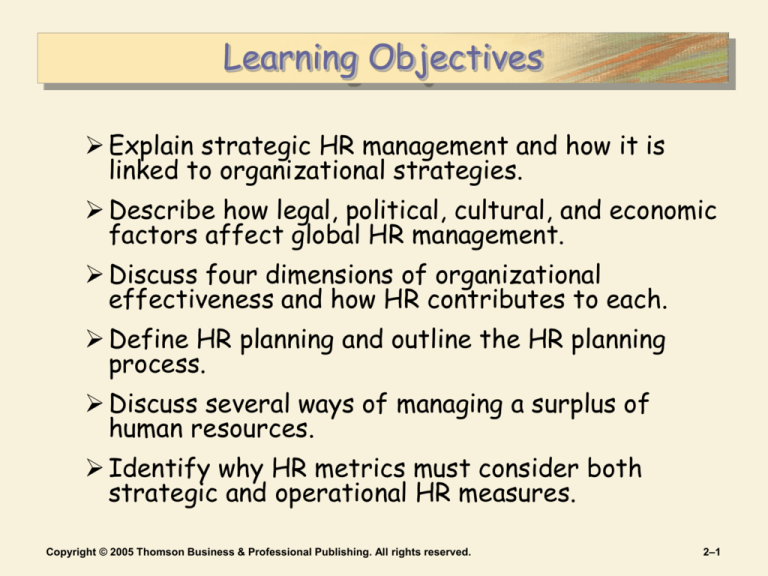
Learning Objectives
Explain strategic HR management and how it is
linked to organizational strategies.
Describe how legal, political, cultural, and economic
factors affect global HR management.
Discuss four dimensions of organizational
effectiveness and how HR contributes to each.
Define HR planning and outline the HR planning
process.
Discuss several ways of managing a surplus of
human resources.
Identify why HR metrics must consider both
strategic and operational HR measures.
Copyright © 2005 Thomson Business & Professional Publishing. All rights reserved.
2–1
HR
Management
Activities
Copyright © 2005 Thomson Business & Professional Publishing. All rights reserved.
Figure 1–2
2–2
Strategic HR Management Process
Figure 2–1
Copyright © 2005 Thomson Business & Professional Publishing. All rights reserved.
2–3
Ford’s Plan
•
•
•
•
Strengthen Brands
Deliver innovative products
Reduce costs
Improve quality
Copyright © 2005 Thomson Business & Professional Publishing. All rights reserved.
2–4
Approaches to Improving Organizational Productivity
Figure 2–3
Copyright © 2005 Thomson Business & Professional Publishing. All rights reserved.
2–5
Tactics
•
•
•
•
•
•
•
Differentiate brands
Design, innovation, safety, technology
Utilize global architectures
Reduce material costs
Introduce straightforward pricing
Lean manufacturing system
Reduce plant employment by 25,000-30,000,
and cut 4,000 white collar jobs (cost-$250
million)
Copyright © 2005 Thomson Business & Professional Publishing. All rights reserved.
2–6
Purpose of HR Planning
Figure 2–4
Copyright © 2005 Thomson Business & Professional Publishing. All rights reserved.
2–7
HR Planning Process
• HR Strategies
Overall
Strategic Plan
Human Resources
Strategic Plan
HR Activities
Copyright © 2005 Thomson Business & Professional Publishing. All rights reserved.
2–8
Making Downsizing More Effective
Figure 2–9
Copyright © 2005 Thomson Business & Professional Publishing. All rights reserved.
2–9
“Way Forward”
•
•
•
•
•
•
•
•
War Room
Team of several hundred workers
Team of 20-50 working on “plan”
9-10 cross-functional teams working on
brands, revenue, purchasing, culture, capacity
Sworn to secrecy
Banned powerpoint slides
Nearly-final review Nov. 14
Presented to Board Dec. 7
Copyright © 2005 Thomson Business & Professional Publishing. All rights reserved.
2–10
Examples of Strategic and Operational
HR Metrics
Figure 2–10
Copyright © 2005 Thomson Business & Professional Publishing. All rights reserved.
2–11
Measures of Strategic HR Effectiveness
• Return on Investment (ROI)
Calculation showing the value of expenditures for
HR activities.
C
ROI
A B
A = Operating costs for a new or enhance system for the time period
B = One-time cost of acquisition and implementation
C = Value of gains from productivity improvements for the time period
Copyright © 2005 Thomson Business & Professional Publishing. All rights reserved.
2–12
Assessing HR Effectiveness
• HR Audit
A formal research effort that evaluates the
current state of HR management in an organization
Audit areas:
Legal
compliance (e.g., EEO, OSHA, ERISA, and FMLA)
Current job specifications and descriptions
Valid recruiting and selection process
Formal wage and salary system Benefits
Employee handbook
Absenteeism and turnover control
Grievance resolution process
Orientation program Training and development
Performance management system
Copyright © 2005 Thomson Business & Professional Publishing. All rights reserved.
2–13
Estimating Internal Labor Supply for a Given
Unit
Figure 2–8
Copyright © 2005 Thomson Business & Professional Publishing. All rights reserved.
2–14

